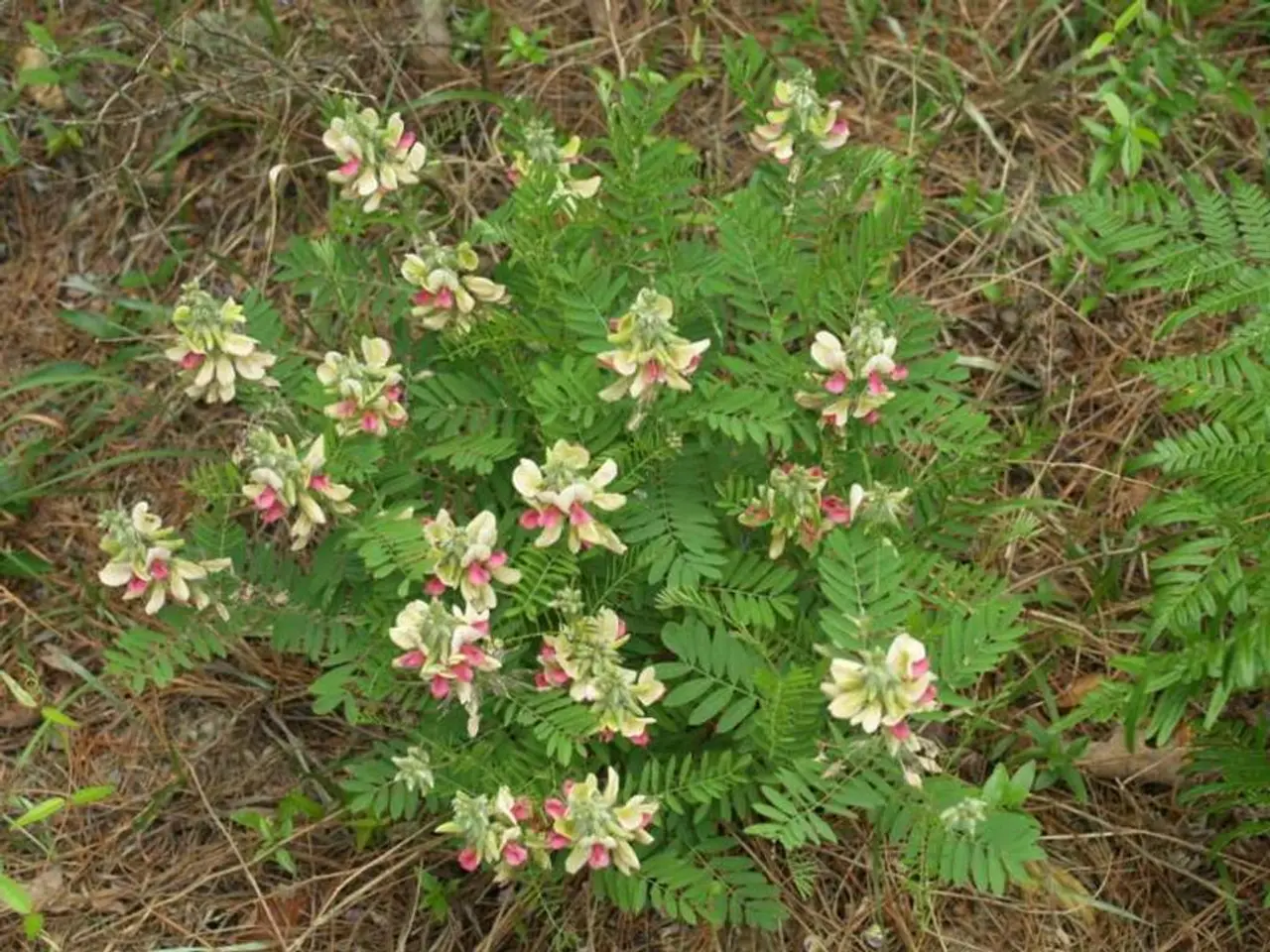Regrowing Dehydrated Garden Soil: Easy Tips for Green Thumbs
In the quest for healthier plant growth, one common challenge is dealing with hydrophobic soil - soil that repels water. Here, we present effective methods to rehydrate hydrophobic soil and improve moisture retention.
Firstly, soaking the entire pot or soil mass in water for about 30 minutes can be beneficial. This allows water to penetrate the hydrophobic soil more thoroughly than surface watering alone.
Another approach is lightly and repeatedly sprinkling water on the soil surface. This gradual wetting prevents runoff and allows the tough, water-repellent soil to slowly absorb moisture.
Breaking up the soil surface by creating small indents or loosening it gently with a fork can also enhance water infiltration when initial sprinkling is ineffective.
To further improve the soil's properties, consider amending it with organic matter such as compost, peat moss, or coconut coir. These additions enhance water retention and improve soil structure, reducing hydrophobicity over time.
Incorporating biochar, a carbon-rich soil amendment, can increase soil water retention by 15-20% while improving drainage, especially for container plants in sandy or challenging soils.
Lastly, using advanced soil conditioners like zeolite or diatomaceous earth can help retain moisture and improve soil water dynamics.
In summary, the primary approach to rehabilitate hydrophobic soil is gradual rewetting combined with improving soil organic content and structure to promote sustained moisture retention and prevent recurring hydrophobic conditions.
Key Points:
| Method | Description | Benefit | |---------------------------|----------------------------------------------------------------------------------|-------------------------------------| | Soaking soil/pot | Submerge in water for ~30 min | Deep rehydration versus surface wetting | | Light sprinkling | Frequent, light watering instead of heavy watering | Prevents runoff; gradual absorption | | Breaking up surface | Making slight indents with a fork | Improves water infiltration | | Adding organic matter | Addition of compost, coconut coir, peat moss | Enhances moisture retention | | Adding biochar | Incorporate charged biochar | Improves water holding and drainage | | Using mineral conditioners| Adding zeolite or diatomaceous earth | Improves soil mechanical properties |
These combined methods effectively restore hydrophobic soils and improve moisture retention for healthier plant growth. Happy gardening!
Read also:
- Wawa avian tests positive for West Nile disease
- The market for Kraft Lignin is projected to increase at a rate of 7.2% each year until 2034.
- Filipino Card Games Find Their Home at Gamezone, Offering an Unmatched Experience!
- Luxury automaker Mercedes-Maybach unveils its latest edition, the Emerald Isle, at the Monterey Car Week event.





